Technology is advancing rapidly, and businesses today have numerous data processing, storage, and management options. Cloud computing and edge computing are the two most prominent technologies reshaping how we handle data. Both offer powerful benefits, but it is essential to understand their differences, use issues, and limits to make informed decisions. In this blog, we will discover cloud computing vs Edge Computing, highlight the benefits of Edge Computing on Cloud Computing, analyze real-world use issues, and discuss how the hybrid model connecting the two will be the future of enterprise data. Whether you are running a startup, managing enterprise IT, or working on IoT applications, this guide will help you determine when to use Edge Computing instead of Cloud.
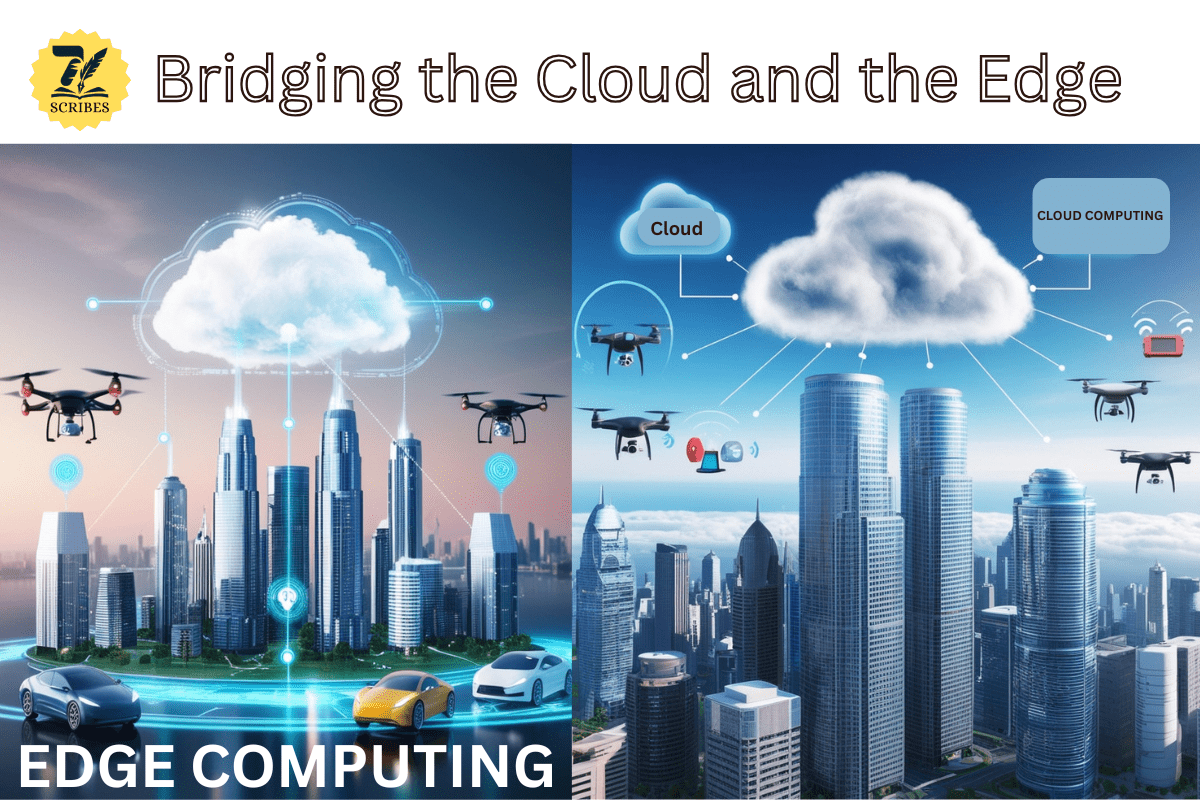
1. What is Cloud Computing?
Cloud computing refers to the supply of computing services, such as storage, processing power, and applications, on the Internet. Instead of relying on local servers or personal devices, businesses can use cloud platforms to access resources according to demand.
Key Features:
- On-demand access to computing resources.
- Pay as a pricing model.
- Saleable for increasing needs.
- Services are organized with minimal care.
Common Cloud Models:
- IAAS (Infrastructure as a Service): virtual machines, networking, storage (e.g., AWS EC2).
- PAAS (Platform as a service): developer tools and framework (e.g., Google App Engine).
- SAAS (Software as a service): Last user applications (e.g., Gmail, Dropbox).
Real World Use Cases:
- hosting websites and apps.
- Big data processing and analytics.
- IOT applications with central monitoring.
- Machine Learning Model Training.
- Delivery of global content.
Benefits:
- High scalability to handle the load of any work.
- Low advance cost.
- Easy integration with the tools of the mediator.
- Disaster recovery and backups already exist.
Edge computing is a decentralized model that brings data processing closer to the location where data is generated. Instead of sending data to the central cloud server, Edge devices process it locally or near the source, which reduces delays and bandwidth use.
Important features:
- Processing local data.
- Decisions in real time.
- Also works in a low-connectivity environment.
- Reduces dependence on the cloud.
Common Edge Devices:
- IoT sensors
- Camera with a supervisor with AI
- Autonomous vehicles
- Smart Home Systems
Real World Examples:
- Smart Cities: Real-time management of traffic lights and surveillance cameras
- Health Care: Patient monitoring devices immediately analyze important things.
- Retail: In-store cameras analyze customer behavior
Benefits for Business:
- Better speed and response
- Improved data privacy
- Saving costs from low bandwidth
- Ideal for remote monitoring and real-time analytics.
3. Key Differences between Edge and Cloud Computing
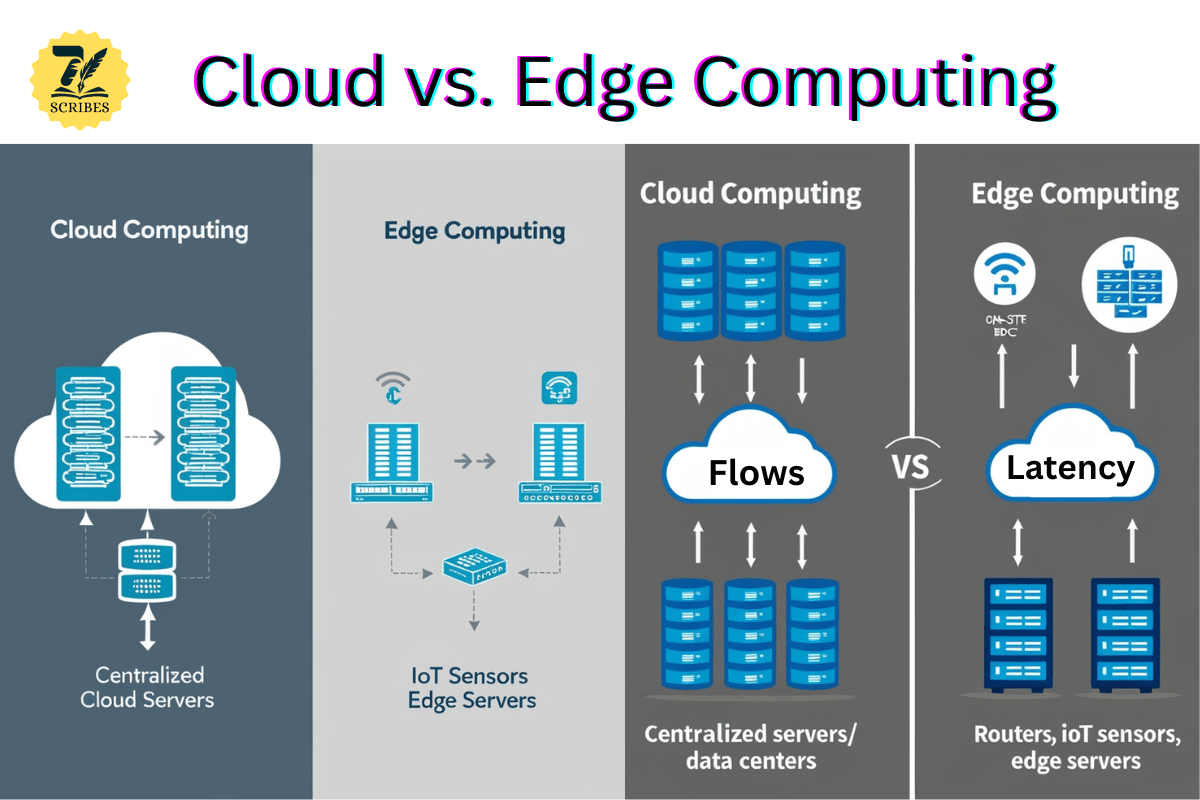
Although cloud computing and edge computing enable expandable data processing, they are significantly different in their architectures, delays, costs, and use. Let’s break it.
-
Data processing location
- Cloud computing: Data is transferred to central data centers that are probably thousands of miles away.
- Edge computing: Data is processed on site or near the data source (such as IoT devices or local servers).
-
Latency
- Cloud: Latency can be high due to the time it takes to transmit data to and from remote data centers.
- Edge: Very little latency because the data is processed near it where it is made, often in real time.
Fact: Edge computing can reduce the delay by 75 % compared to traditional cloud computing (Source: Gartner, 2024).
-
Bandwidth Usage
- Cloud: Cloud requires permanent data uploads, which increases the cost of bandwidth.
- Edge: Reduces bandwidth consumption by processing data locally.
-
Scalability
- Cloud: easily expandable with flexible resources.
- Edge: More difficult to scale faster, but local nodes can be added.
-
Security and compliance
- Cloud: Centralized security protocol, but more risks than mass attacks and data residency issues.
- Edge: Increase data privacy due to local processing, but there are challenges in maintaining permanent safety in multiple edge nodes.
-
Connectivity
- Cloud: Stable Internet Connectivity is needed to work effectively.
- Edge: Can function with limited or intermittent internet connectivity.
Summary Table:
| Factor |
Cloud Computing |
Edge Computing |
| Processing Location |
Centralized (data centers) |
Local/near data source |
| Latency |
Higher |
Very low |
| Bandwidth Usage |
High |
Low |
| Scalability |
Highly scalable |
Moderately scalable |
| Internet Dependency |
High |
Low to moderate |
| Ideal Use Case |
Storage, backups, analytics |
Real-time decisions, IoT, remote |
4. Advantages of Edge Computing Over Cloud Computing
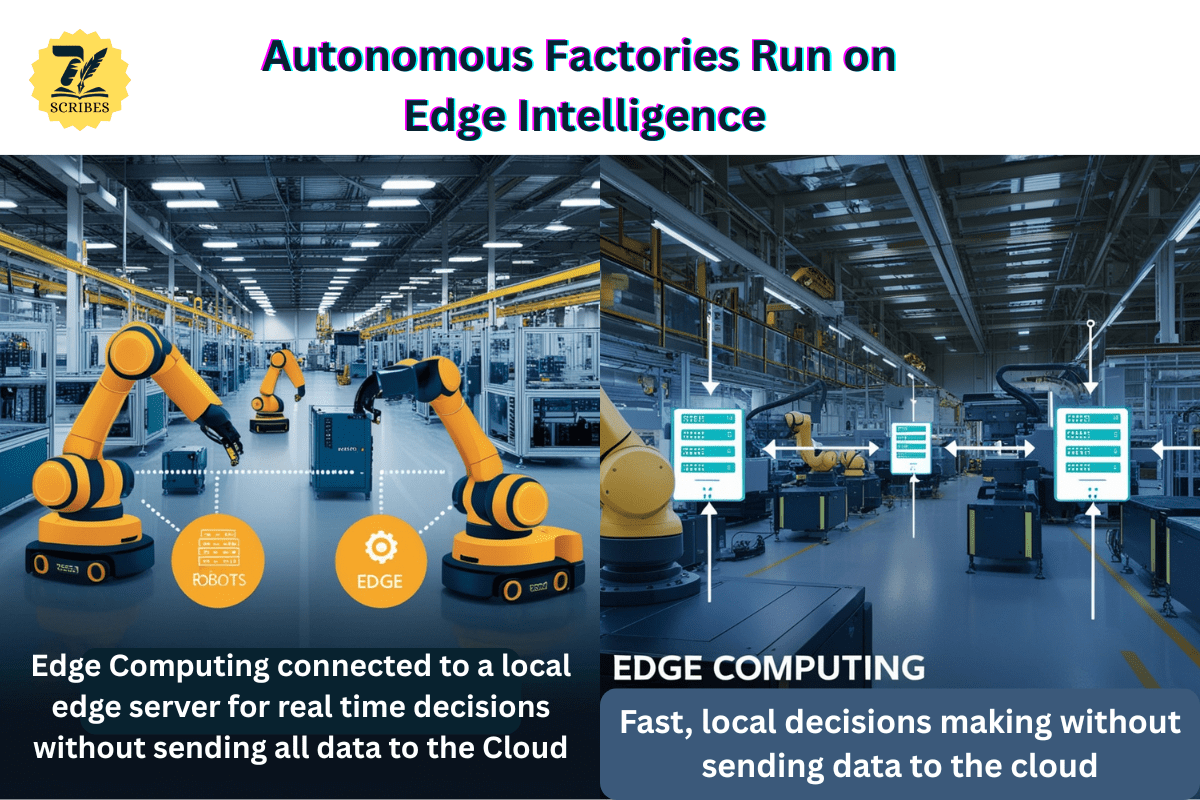
Edge computing is not a replacement for the cloud, it is a complementary technology that solves specific challenges. Let’s look at its unique benefits.
1. Ultra-Low Latency
Edge computing minimizes the time between data generation and action, which is essential for real-time applications such as independent driving or industrial robotics.
Example: In manufacturing, Edge devices can immediately turn off the machinery when an error occurs—no need to wait for the cloud response.
2. The reduction of bandwidth costs
By filtering and processing the data locally, the business reduces the need to send large quantities of raw data to the cloud, which significantly saves bandwidth.
3. Increase data privacy and security
Processing sensitive data (for example, in hospitals or government buildings) ensures high control and reduces the exposure of cloud-based weaknesses.
4. Operational Continuity
The Edge system can operate without internet connectivity. In areas with bad networks (for example, oil rigs, mines), edge equipment allows for uninterrupted work.
5. Real-time analytics for better decisions
From forecasting care in factories to improving real-time traffic in smart cities, Edge computing enables insights from the same source.
Fact: According to the IDC, by 2026, 60% of the new enterprise infrastructure will be deployed at the edge.
6. Customized Local Processing
Edge enables specific environment applications, such as environmental sensors or AI-based surveillance on farms.
Example: In retail, edge-enabled cameras can instantly analyze customer foot traffic and adjust in-store displays based on behavior.
5. When to Use Edge Computing Instead of Cloud
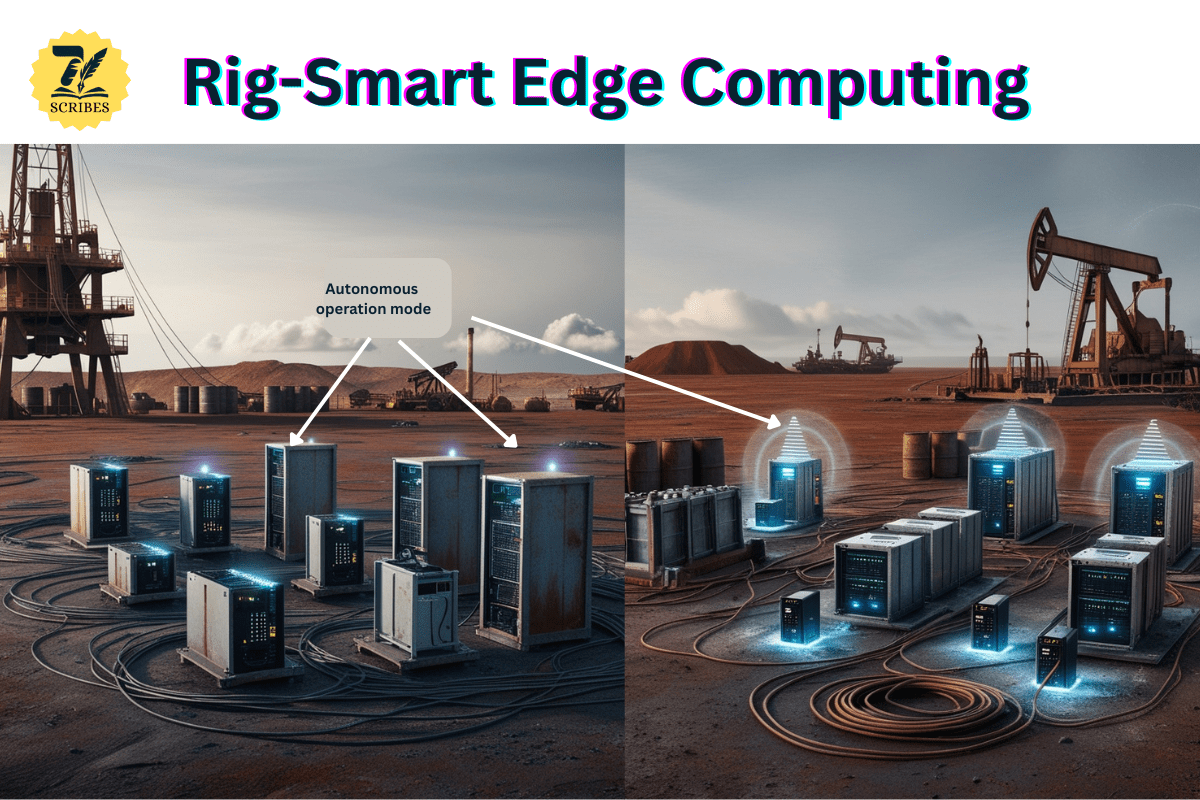
While cloud computing is essential for centralized storage and enterprise-level applications, there are specific scenarios where Edge computing provides a clear advantage. The time to consider the use of the edge instead of the cloud is:
1. Low Latency Requirements
If milliseconds are important, such as autonomous driving, robotic surgery, or enhanced reality, then the delay introduced through cloud computing may be very high. Edge computing ensures immediate, on-site decision-making.
Examples: An autonomous vehicle cannot wait for data to travel to the cloud and back to avoid an obstacle—it needs split-second local processing.
2. Limited or Unreliable Internet Connectivity
In remote areas such as oil fields, construction sites, or ships, consistent internet access may not be available. Edge computing allows continuous operations regardless of connectivity.
3. High Bandwidth Costs
When devices produce large quantities of data (for example, security cameras, sensors), uploading all this data to the cloud can become expensive. Edge reduces this cost.
4. Real-time analytics and processes
Use Edge computing when immediate action is needed based on real-time data. For example, smart factories can detect and fix production irregularities without delay.
5. Regulatory and privacy concerns
Edge computing helps in the sovereignty and compliance of data by keeping sensitive data local. It is crucial in health care, finance, and the public sector.
6. Energy Efficiency
Edge devices can be optimized for low power consumption, making them suitable for mobile or off-grid use cases.
Cloud computing has revolutionized IT operations, but this is not without its downsides. Let’s look at the limits that, in some cases, make edge computing a viable or even necessary alternative.
-
Delayed and real-time limitations
Even with fast internet, cloud computing introduces delays. In the real-time environment, even a few milliseconds of delay can be unacceptable.
Examples: In industrial automation, the delayed cloud reaction can cause defects or accidents.
-
Depending on the Internet
Cloud-based systems rely heavily on internet connectivity. If the network goes down, there is also access to cloud services.
-
Bandwidth obstacles
Transferring large-scale data to the cloud can overwhelm the networks and create obstacles, especially with video monitoring, autonomous vehicles, or sensor environments.
-
Data accommodation and compliance
Some rules need to live in a specific geographical area. Cloud providers cannot always offer clear guarantees about data storage.
The European Union’s GDPR and other regulations have preferred data localization for many companies.
-
Performance Bottleneck at scale
On the scale of your systems, cloud services can slow down due to the increase in shared resources- unless additional resources are purchased.
-
Cost with time
Although early costs are low, cloud-computing costs can creep up with increased use. Data entry and extraction fees, storage, and computing power
Enterprises spend an average of 35% more than expected on cloud services due to the underestimation of hidden costs
(Source: Flexera 2024 Report).
-
Cost Comparison: Cloud Computing vs Edge Computing
Cost is an important factor when choosing between cloud and edge computing. Although both models can be cost-effective in the correct scenario, each has different financial effects in terms of infrastructure, scale, and use.
Early investment
- Cloud computing: Low prior cost. You pay for use when you leave. No need to buy hardware or maintain data centers.
- Edge computing: More advanced costs due to hardware deployment on the edge (for example, Edge servers, IoT devices).
Operational costs
- Cloud: massive, cost-effective for central tasks. However, storage, bandwidth, and processing needs can increase over time, with increased costs.
- Edge: Low cost of bandwidth due to local data processing. Continuous care for edge devices may require.
Bandwidth and Data Transfer
- Cloud: Data entry and extraction fees can be taken, especially if large amounts of data are constantly being stamped.
- Edge: Process and filter data locally, reducing the amount of data that requires transfer.
Scalability and flexibility
- Cloud: Extremely expanded, but with increasing cost.
- Edge: Scaling requires physical deployment of devices of a new age, which is more complicated and expensive.
Hidden costs to see
- Cloud providers often charge for storage tiers, data transfer, backup, and additional fees for API applications.
- Edge systems may need individuals or support contracts on-site.
Case Study:
A logistics company saved 40% on bandwidth and cloud storage by using edge computing to pre-process location and sensor data before syncing with the cloud.
Summary Table:
| Cost Factor |
Cloud Computing |
Edge Computing |
| Upfront Investment |
Low |
Moderate to High |
| Bandwidth Charges |
High |
Low |
| Maintenance |
Provider-handled |
User-managed |
| Long-Term ROI |
Variable |
High in real-time environments |
| Scaling Cost |
Increases with usage |
Increases with physical nodes |
8. Hybrid Models: Combining Edge and Cloud
Instead of choosing each other, many modern systems are adopting hybrid models that take advantage of both Edge and Cloud Computing. This combination offers speed, expansion, and flexibility, which makes it ideal for a complex digital ecosystem.
What is the hybrid computing model?
A hybrid model uses Edge computing for real-time, low-term data storage, analytics, and cloud computing for long-term data storage, analytics, and heavy computational tasks.
Examples of workflow:
- An edge device (for example, a smart camera) detects motion and processes footage locally.
- If there are any irregularities, the relevant footage for deep analysis of AI is uploaded to the cloud.
- Cloud insights are then pushed back to the edge to update the device’s behavior.
Key Benefits:
- Real-time action with local decision-making.
- Scalable through cloud resources
- Cost performance by reducing cloud bandwidth use
- Improved security by minimizing sensitive data exposure
Use Cases:
Smart Manufacturing: Machines make decisions locally in real time. Performance logs are analyzed in the cloud.
- autonomous vehicles: on-board processing for safety; Flat wide updates are secured and processed in the cloud.
- Retail: EDGE AI fit traffic analysis. Cloud tracks long-term trends in all stores.
Challenges:
- The complexity of integration: Data synchronization between cloud and edge platforms.
- Protective consistency: Ensure that all nodes – clouds and edges – are equally secure.
- Data deployment: Managing which data is local and which clouds moved.
Statistics: By 2027, more than 70% of the enterprise data will be created and processed out of traditional cloud data centers (Gartner).
9. Future Trends in Edge Computing Technology
Since the creation of data is touching the sky, especially through IoT and smart devices, the future of Edge computing seems incredibly promising. Here are the important trends that create its evolution.
1. 5g and Ultra Fast Connectivity:
Low 5G Little, high bandwidth network, Edge computing is more powerful. It enables immediate communication between devices and edge nodes, especially for independent systems and smart cities.
Example: In a 5 G-powered smart city, Edge Devices can manage traffic lights in real time based on live traffic patterns.
2. AI on the Edge (Edge AI):
AI workloads directly reduce the process of processing the edge devices (such as a camera or robot) and eliminate the need to upload sensitive data to the cloud.
Usage case: Retail stores using smart cameras to identify buyers’ behavior and make offers personal, without sending video data to the clouds.
3. The height of micro data centers:
Small, modular data centers are being deployed near the data source, which is ideal for industrial areas, retail environments, or legacies in remote locations.
4. Edge as a Service (EAAS):
Like cloud services, companies are offering managed age services, including infrastructure, software, and applications – all deployed on the edge.
Fact: By 2026, 40% of enterprises are expected to adopt EAAS for real-time analytics and localized intelligence (IDC).
5. Improved security framework:
As Edge Networks are growing, security is improving. Expect more integrated AI-powered firewalls and zero-trust models on the edge layer.
6. Energy-rich edge devices:
Green computing is a growing priority. New age hardware is being created with extremely low power consumption to meet sustainability goals.
10. FAQs: Cloud vs Edge Computing
Q1. What is the main difference between cloud and edge computing?
Cloud computing processes data at Centralized Data Centers, while Edge computing takes data near the source for faster and local performance.
Q2. Which is better: Cloud or Edge computing?
It depends on the issue of your use. Use the cloud for expanding storage and long-term data analytics. Use edge for real-time processing, low delays, and a remote environment.
Q3. Can Edge computing replace cloud computing?
Not completely. Edge computing is a complementary thing, not an alternative. Most modern architecture is hybrid, which combines both excellent performance and flexibility.
Q4. How does Edge computing improve delays?
Through data processing locally, Edge computing eliminates the need to send data to central servers throughout the network, dramatically reducing delays.
Q5. Which industries benefit the most from Edge computing?
- Manufacturing (predictive care)
- Healthcare (remote monitoring)
- Retail (customer behavior analytics)
- Transport (autonomous system)
- Smart City (Traffic, Energy Grid)
Q6. How does Edge computing help in IoT?
Edge computing allows IoT devices to work freely, make real-time decisions, reduce the need to transfer all data to the cloud, improve bandwidth savings, and react.
Q7. What are the key security benefits of Edge computing?
- Local data processing reduces exhibition.
- Less data is transmitted to the Internet.
- Easy to enforce privacy in sensitive locations.
Conclusion
In today’s hyper-connected world, choosing between cloud computing and edge computing is not about finding a winner – it’s about finding the right tool for work. Cloud computing leads to Centralized Analytics, Scalability, and Storage. Edge computing shines in scenarios that call for speed, privacy, and offline capacity.
Organizations can create flexible, intelligent, and ready-made systems by understanding their powers, boundaries, and taking advantage of hybrid models.

 Although cloud computing and edge computing enable expandable data processing, they are significantly different in their architectures, delays, costs, and use. Let’s break it.
Although cloud computing and edge computing enable expandable data processing, they are significantly different in their architectures, delays, costs, and use. Let’s break it.
 Edge computing is not a replacement for the cloud, it is a complementary technology that solves specific challenges. Let’s look at its unique benefits.
Edge computing is not a replacement for the cloud, it is a complementary technology that solves specific challenges. Let’s look at its unique benefits.
 While cloud computing is essential for centralized storage and enterprise-level applications, there are specific scenarios where Edge computing provides a clear advantage. The time to consider the use of the edge instead of the cloud is:
While cloud computing is essential for centralized storage and enterprise-level applications, there are specific scenarios where Edge computing provides a clear advantage. The time to consider the use of the edge instead of the cloud is:

 Although cloud computing and edge computing enable expandable data processing, they are significantly different in their architectures, delays, costs, and use. Let’s break it.
Although cloud computing and edge computing enable expandable data processing, they are significantly different in their architectures, delays, costs, and use. Let’s break it.
 Edge computing is not a replacement for the cloud, it is a complementary technology that solves specific challenges. Let’s look at its unique benefits.
Edge computing is not a replacement for the cloud, it is a complementary technology that solves specific challenges. Let’s look at its unique benefits.
 While cloud computing is essential for centralized storage and enterprise-level applications, there are specific scenarios where Edge computing provides a clear advantage. The time to consider the use of the edge instead of the cloud is:
While cloud computing is essential for centralized storage and enterprise-level applications, there are specific scenarios where Edge computing provides a clear advantage. The time to consider the use of the edge instead of the cloud is:

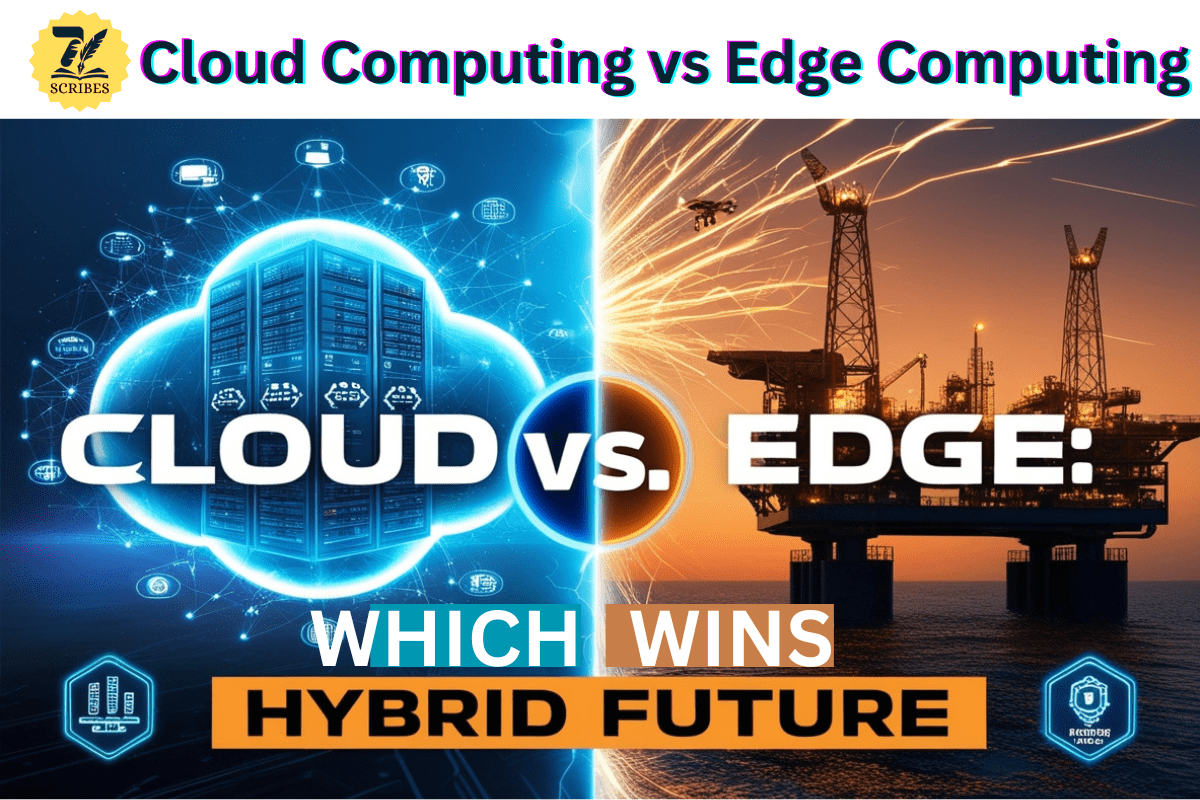
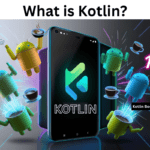
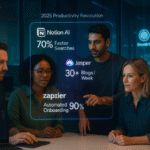
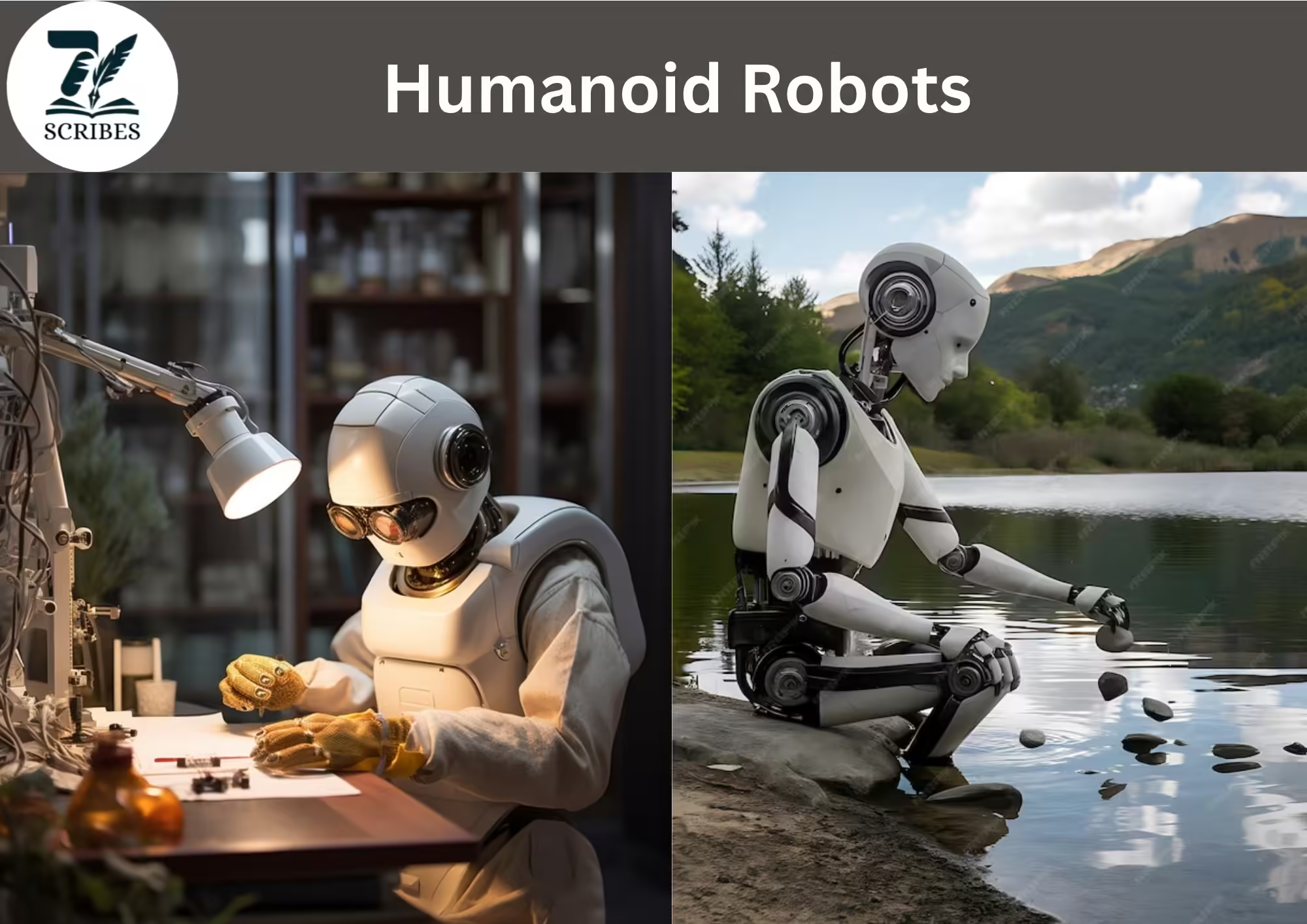
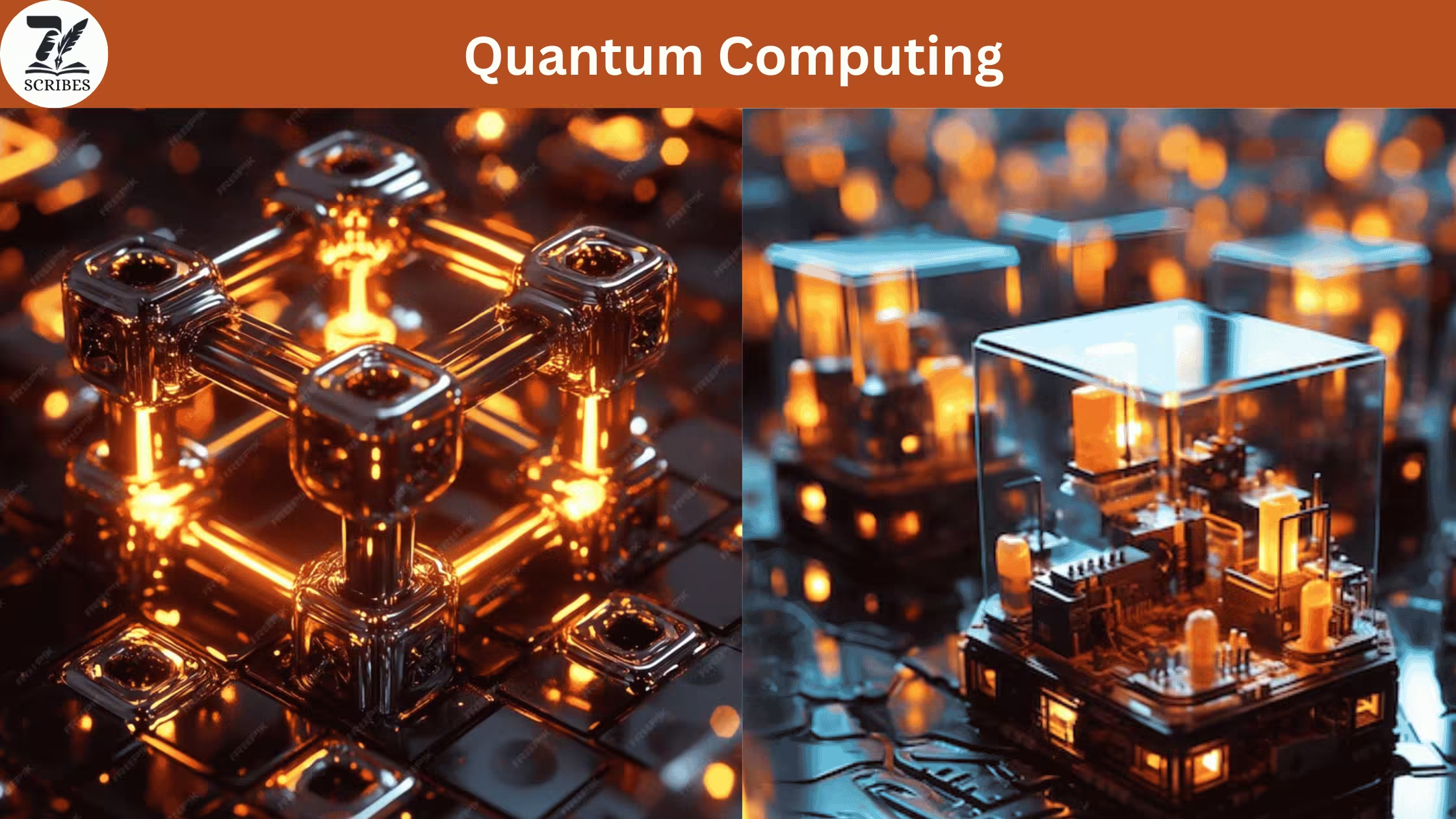
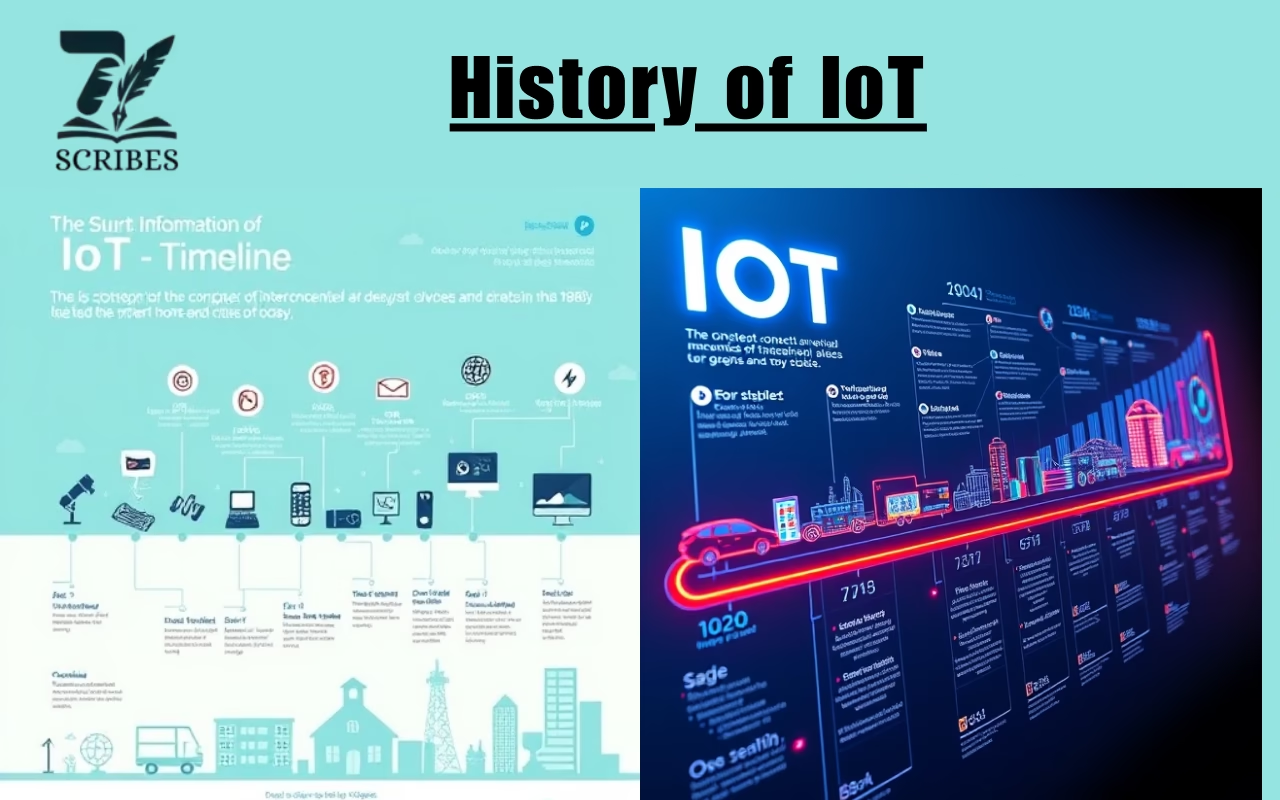
Your writing is a true testament to your expertise and dedication to your craft. I’m continually impressed by the depth of your knowledge and the clarity of your explanations. Keep up the phenomenal work!
Thank you! Your kind words mean a lot and keep me motivated.